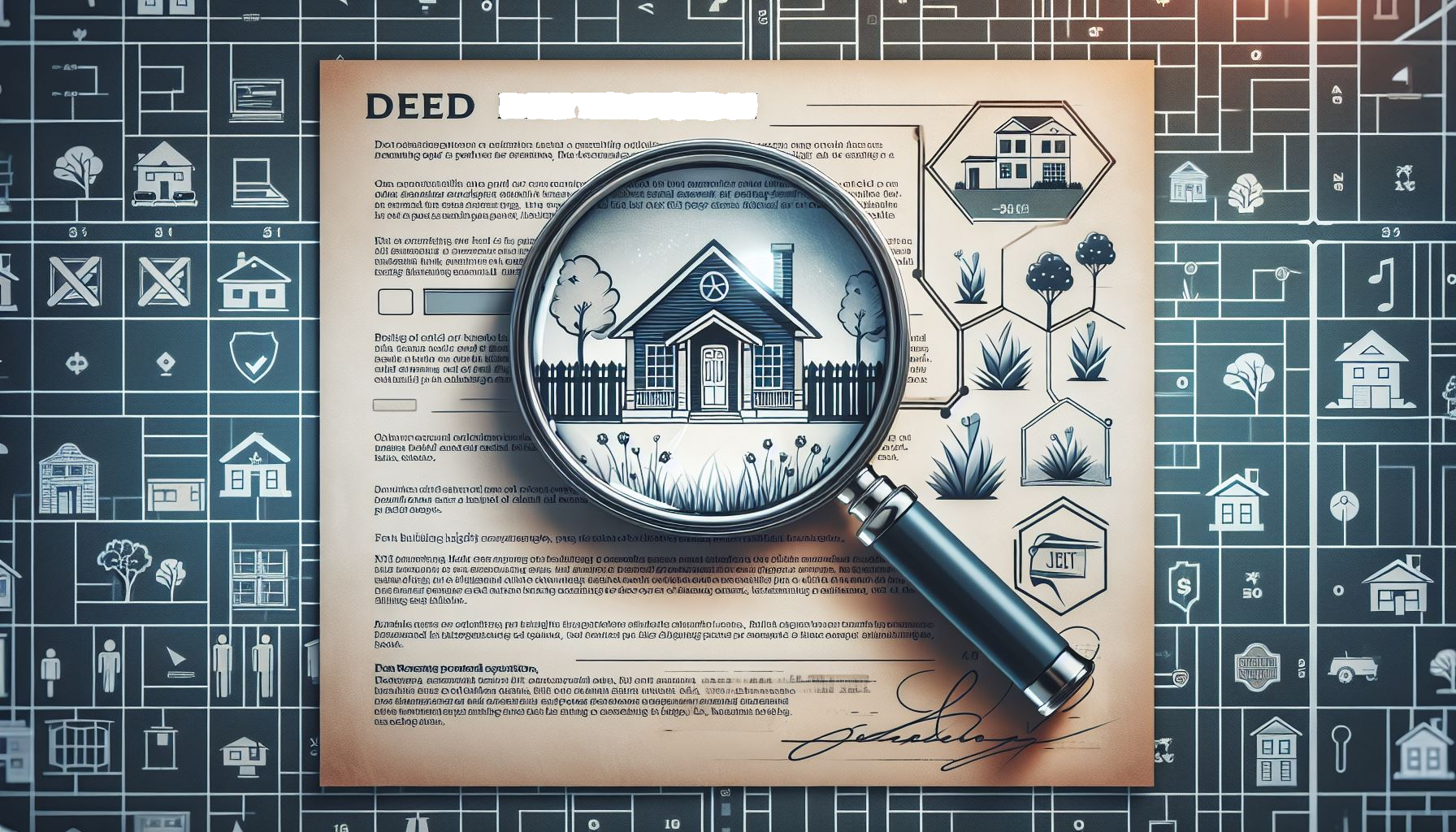When you’re in the market for a new home, or if you’re planning to sell, understanding deed restrictions is crucial. These legal agreements can significantly influence how you can use your property. Let’s delve into the world of deed restrictions and uncover what they mean for homeowners.
What Are Deed Restrictions?
Deed restrictions, also known as restrictive covenants, are clauses within a deed that dictate specific requirements or prohibitions regarding the use of the land. These are binding agreements that are attached to the property, not the owner, meaning they remain in effect even when the property changes hands1.
The Purpose of Deed Restrictions
The primary goal of deed restrictions is to maintain a certain standard within a community. They help preserve the aesthetic appeal, uphold property values, and manage the neighborhood’s development in a way that aligns with the community’s vision2.
Common Types of Deed Restrictions
Deed restrictions can cover a wide array of stipulations, but here are some of the most common ones you might encounter:
- Architectural Guidelines: Restrictions on the type of structures that can be built, including size, height, and design.
- Land Use: Limitations on how the property can be used, such as prohibiting commercial activities in a residential area.
- Vehicle Restrictions: Rules about the types of vehicles that can be parked on the property.
- Pet and Animal Restrictions: Regulations on the number and types of pets or livestock allowed.
- Color Schemes: Requirements for exterior paint colors to maintain a cohesive look in the neighborhood2.
The Impact of Deed Restrictions
Deed restrictions can have a profound impact on homeowners. They can limit your ability to customize your home, restrict certain activities, and even affect your property’s resale value. However, they also offer benefits by preventing undesirable changes in the neighborhood that could detract from the quality of life or property values2.
How to Find Out About Deed Restrictions
Before purchasing a property, it’s essential to review any deed restrictions. These can usually be found in the public records at the county clerk’s office or obtained from the homeowners’ association (HOA) if one exists. It’s also wise to have a real estate attorney review these restrictions to fully understand their implications3.
Dealing with Deed Restrictions
If you find yourself at odds with a deed restriction, there are a few avenues you can explore:
- Seek a Variance: You may be able to apply for a variance, which is a one-time permission to deviate from the restriction.
- Amend the Restriction: In some cases, it’s possible to have a restriction amended, especially if it’s outdated or no longer relevant.
- Legal Action: If a restriction is unreasonable or unenforceable, legal action might be necessary to challenge it.
Conclusion
Deed restrictions are an integral part of property ownership that can shape your experience as a homeowner. Whether you view them as protective measures or potential hurdles, being informed about these restrictions will help you navigate the real estate landscape more effectively. Remember, when it comes to deed restrictions, knowledge is power, and understanding them is key to making the most out of your property investment.
Understanding deed restrictions is essential for any homeowner or prospective buyer. They can dictate how you can use your property and impact its value. By being well-informed and proactive, you can ensure that these restrictions work for you, not against you. 🏡✍️✨


Leave a Reply